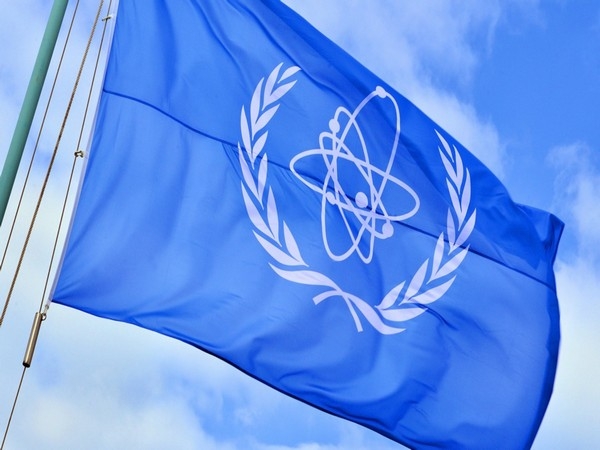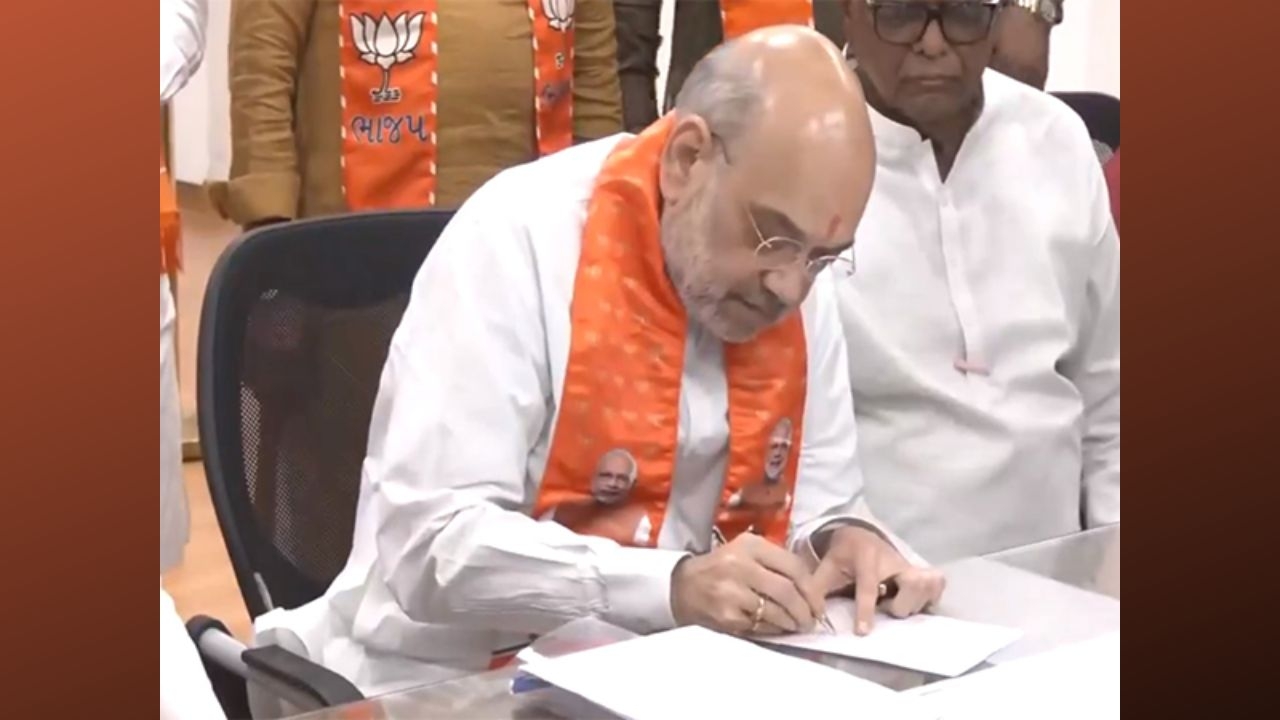It's been 30 years. But Hashimpura's Muslims still live in fear, poverty and helplessness
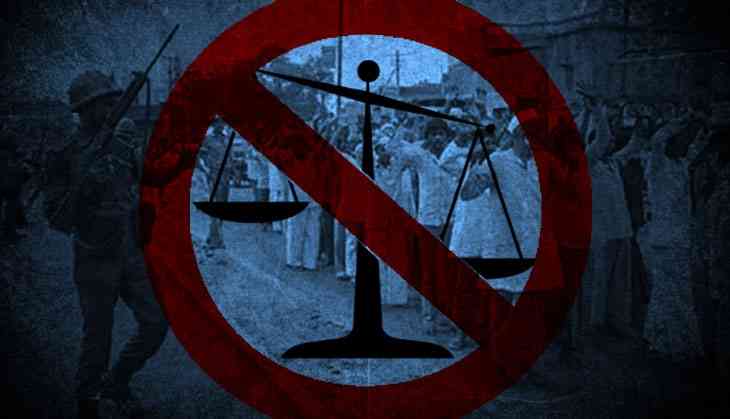
Exactly 30 years ago – on the night of 22 May, 1987 – Uttar Pradesh's reserve police force, the Provincial Armed Constabulary took 42 Muslims into custody and shot them dead. After killing them, the PAC jawaans threw the dead bodies into the Gang Nahar near Ghaziabad and the Hindon river.
The deceased Muslims were from Hashimpura mohalla in Meerut. All of them were from impoverished backgrounds – daily wage labourers, carpenters, tailors and weavers.
Three decades later, nothing has changed. Those who lost their kin, were jailed and beaten up. They aged prematurely and are as impoverished as before. Justice eluded them. It still does.
Muhammad Naeem, one of the five eye-witnesses to the massacre, says “They thought I was dead and threw me into the Gang Nahar....I saw that two PAC jawaans were pulling the arms of a boy from two sides and a third jawaan shot him repeatedly in the chest. I saw 14 people being killed in this manner.”
The investigation and trial into the case took 28 years. Even after such a long wait when the verdict was announced on 21 March 2015, it brought nothing but disappointment to the victims' families.
The court let off all the 16 accused, citing lack of evidence. The residents of Hashimpura came out of their houses and gathered on the street asking just one questions: “Who were our culprits?”.
Delayed justice
When the Hashimpura massacre took place, the Congress was in power at the Centre as well as in Uttar Pradesh. The massacre was carried out by an arm of the UP government. It is clear that the government of the day had no intention of providing justice to the victims. So when the verdict was finally delivered, it hardly came as a surprise.
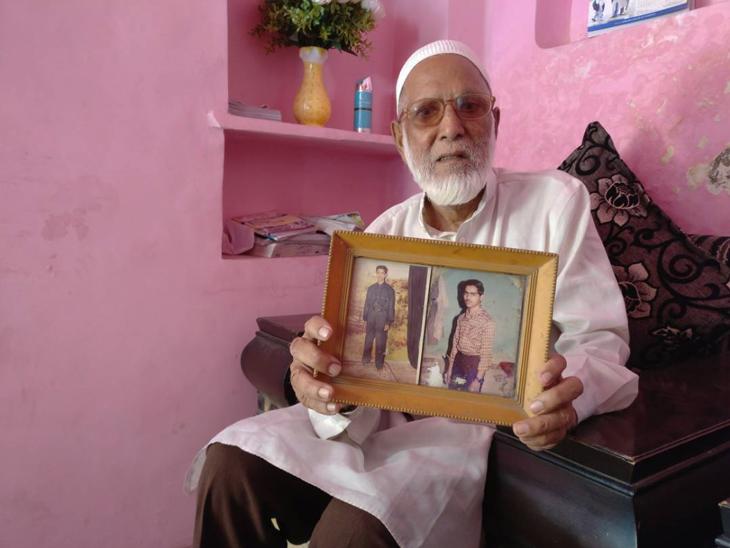
This is a major instance in independent India in which a reserve police force of the state government was found actively involved in a communal massacre.
The state government, police and prosecution showed very little interest in identifying and punishing the perpetrators.
The problem was handed over to the CB-CID but the agency was unable to gather the evidence effectively. Some say this was because it was a “domestic matter” – that is it involved an arm of the police.
In the subsequent years, Uttar Pradesh was ruled for ruled for a long span by so-called secular parties like the Samajwadi Party and the Bahujan Samaj Party.
These parties, particularly the SP, projected itself as the messiah of Muslims. But neither party did anything to help provide justice to the Hashimpura victims. Forget justice, they didn't even express support or solidarity.
Soon after the killings, it was said that a massacre of this proportion couldn't have been carried out without “orders from above”. But who gave these “orders” will probably never be known.
Eyewitness Naeem says, “Despite this, we have not given up hope. We will fight till our last breath. If we die, our children will take this case forward”.
What next?
The fight for justice has been going on for the past 30 years and the families of the victims have filed an appeal in the Delhi High Court against the 21 March 2015 verdict.
Documents are being located so that the culprits can be identified even on the basis of existing evidence.
There also a request to the court that those who were seriously injured in the massacre be provided a compensation.
The victims' families have also asked the court to issue clear directives against the arrest of people on communal lines so that another Hashimpura massacre doesn't take place.

After an intervention by the National Human Rights Commission, the court ordered that a compensation of Rs 2 lakh be paid to the families of the deceased and Rs 1 lakh to those who were grievously injured. It is expected that they will get the compensation by 13 July.
Terror remains
Hashimpura is located right opposite Gulmarg cinema on the Hapur Road in Meerut. There is only one common bylane to enter the mohalla. If the bylane is close, it is impossible to get out of the mohalla. The mohalla is surrounded on the other three sides by Hindu-dominated localities.
In the past 30 years, there has been no improvement in the standard of living of Hashimpura's residents. They are engaged in pretty much the same professions as before. The only differences is that many kachha houses have now become pakka.
In 1987, Yaqoob Saifi used to run a tailoring shop, which was burnt down by the rioters. His brother Mahtab was killed by the PAC's bullets. Even his body couldn't be recovered. Yaqoob was jailed for several days and beaten in custody.
When some sort of normalcy returned after a few months, his wife began tailoring work with a machine at home. Yaqoob works here even today. He now has a shop in the city as well.
Yaqoob says that the massacre haunts him even today. He keeps a low profile. If he faces any discrimination as a Muslim, he ignores it. “We don't want another Hashimpura massacre. With great difficulty, our lives have come back on track”.
The Hashimpura massacre took place on Alvida Juma – the last Friday of Ramzan. Soon after the Juma prayers, everyone except children, the elderly and women – were picked up. After being presented at the Civil Lines police station, they were put in jail.
Instead of going towards the jail, the last PAC truck went towards Ghaziabad. The truck was mostly carrying young men. They were all taken to the Gang Nahar and shot dead.
Translated by Aditya Menon
First published: 22 May 2017, 19:35 IST

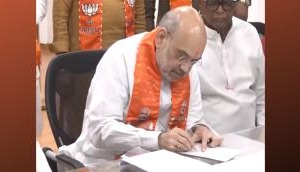
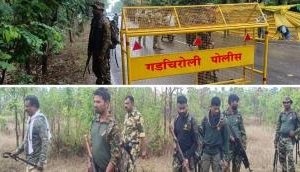

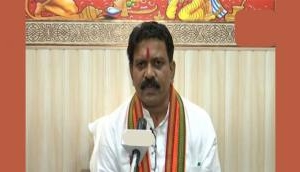
![BJP's Kapil Mishra recreates Shankar Mahadevan’s ‘Breathless’ song to highlight Delhi pollution [WATCH] BJP's Kapil Mishra recreates Shankar Mahadevan’s ‘Breathless’ song to highlight Delhi pollution [WATCH]](http://images.catchnews.com/upload/2022/11/03/kapil-mishra_240884_300x172.png)

![Anupam Kher shares pictures of his toned body on 67th birthday [MUST SEE] Anupam Kher shares pictures of his toned body on 67th birthday [MUST SEE]](http://images.catchnews.com/upload/2022/03/07/Anupam_kher_231145_300x172.jpg)



